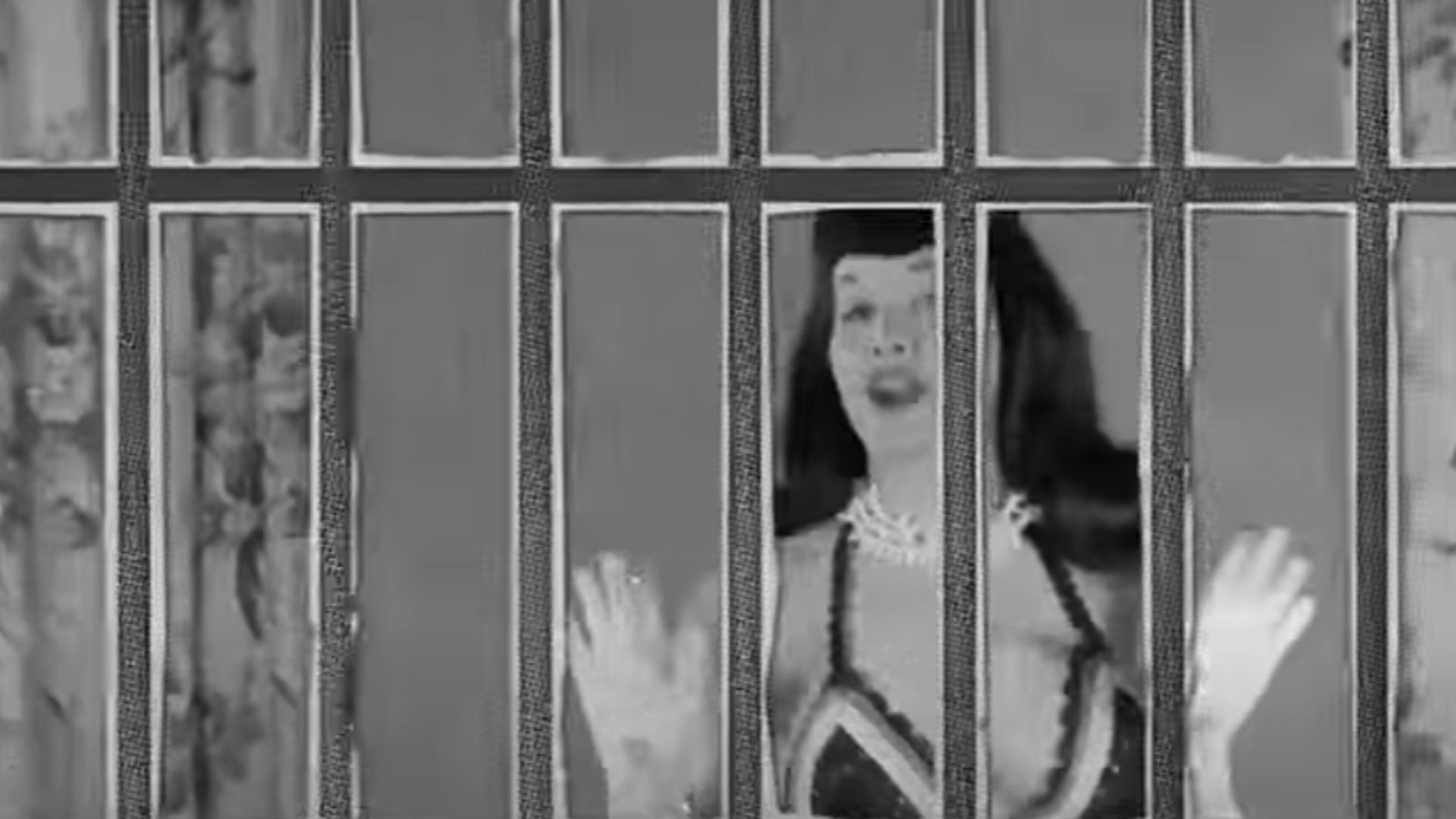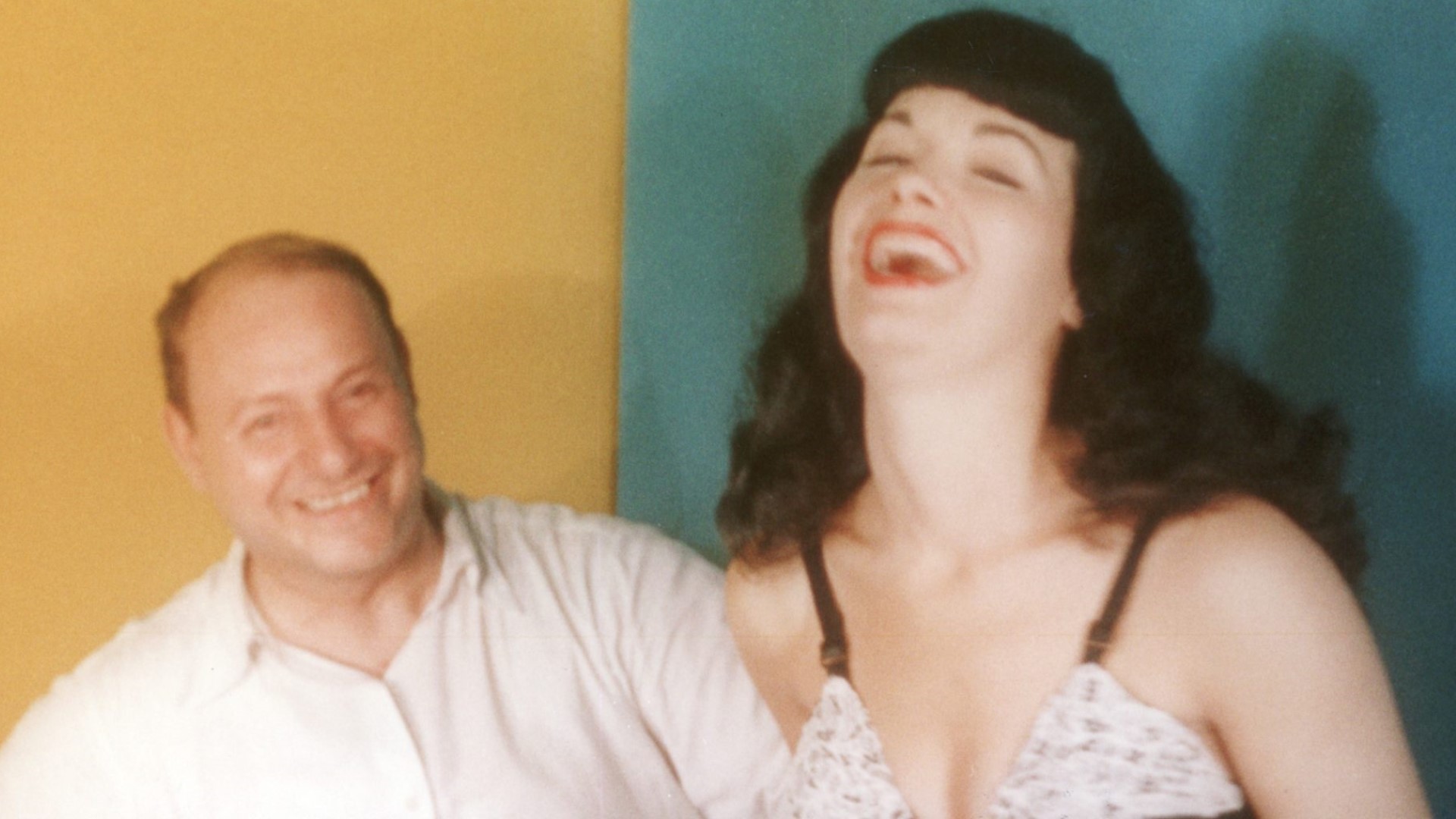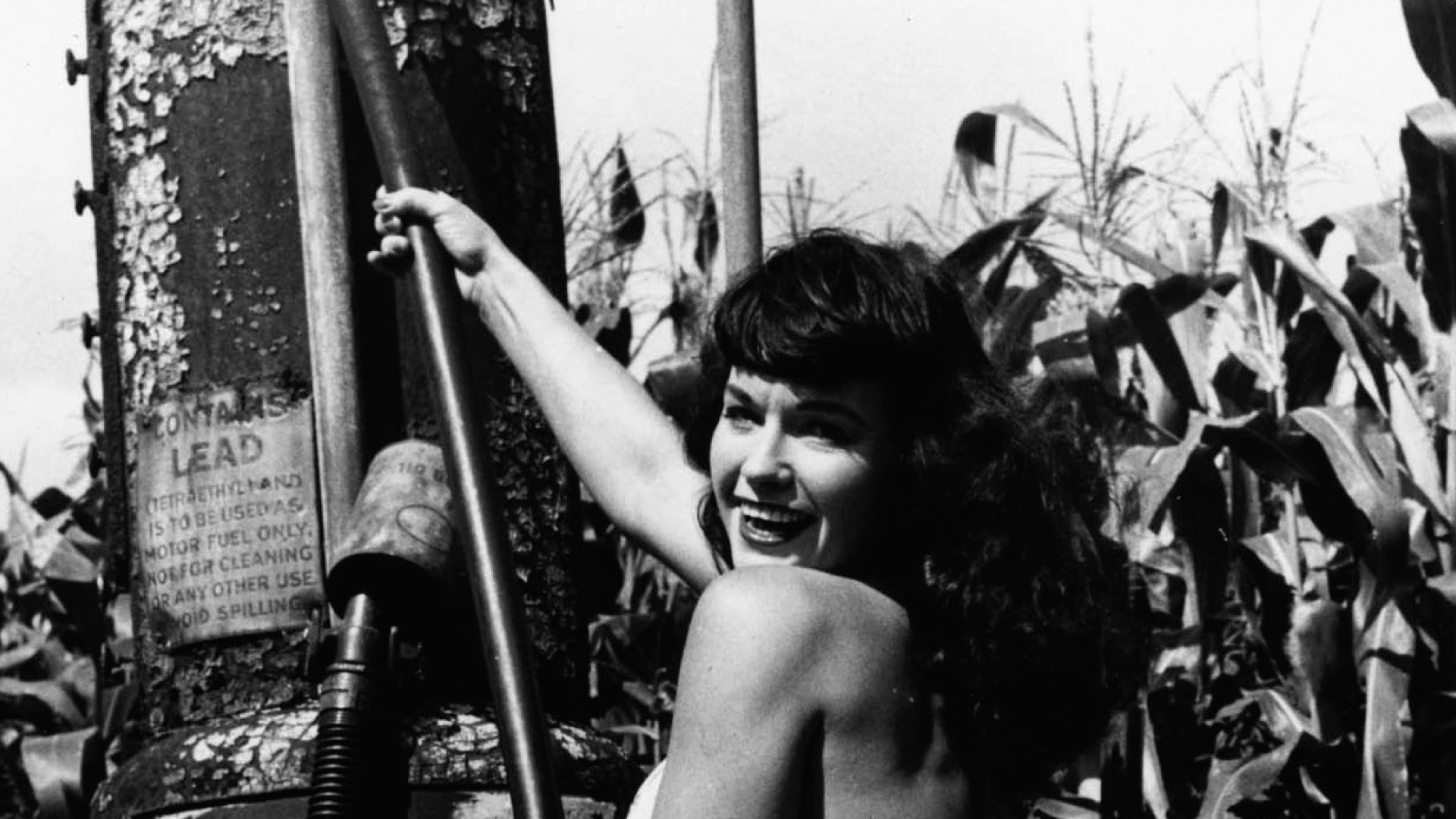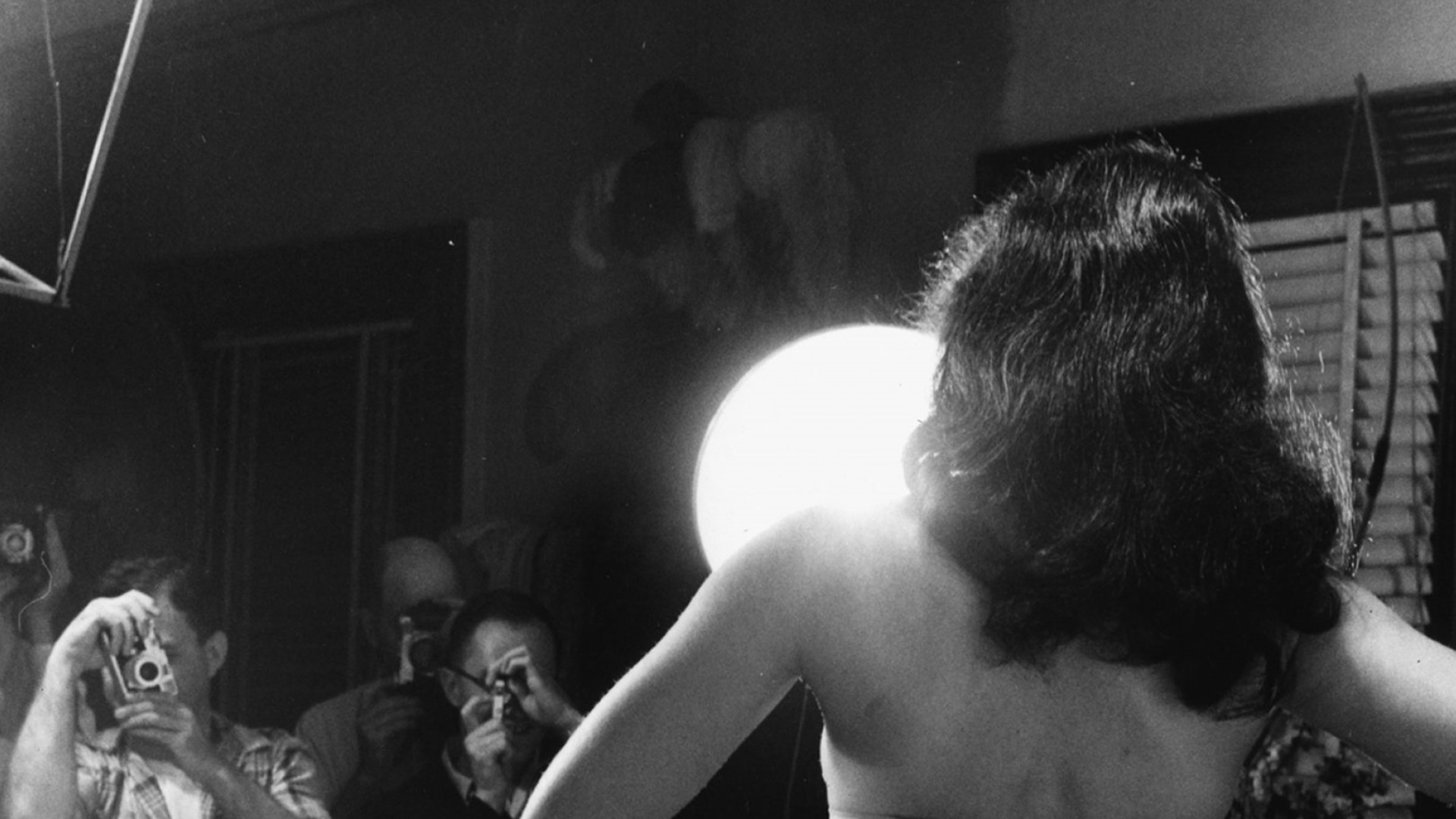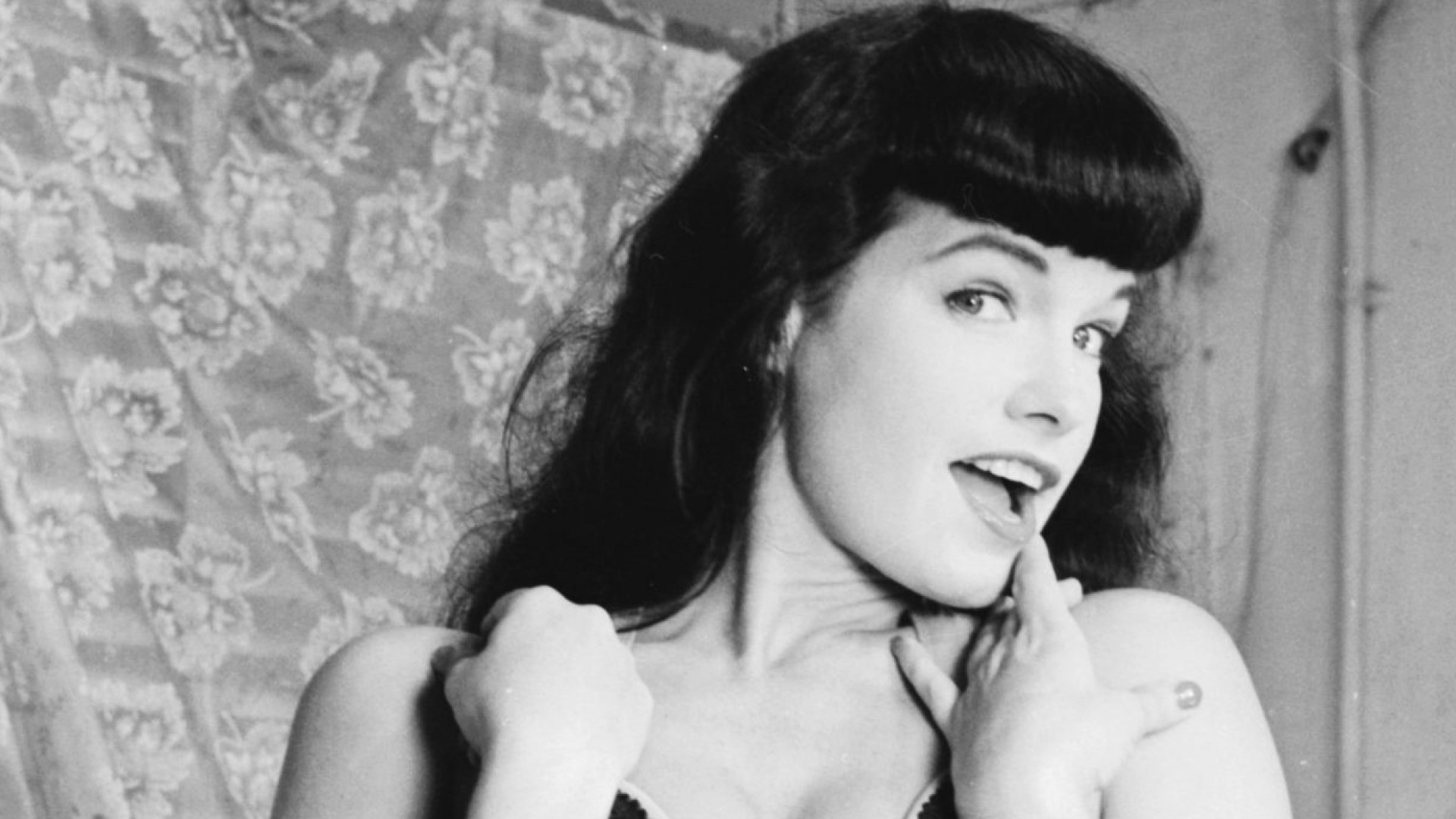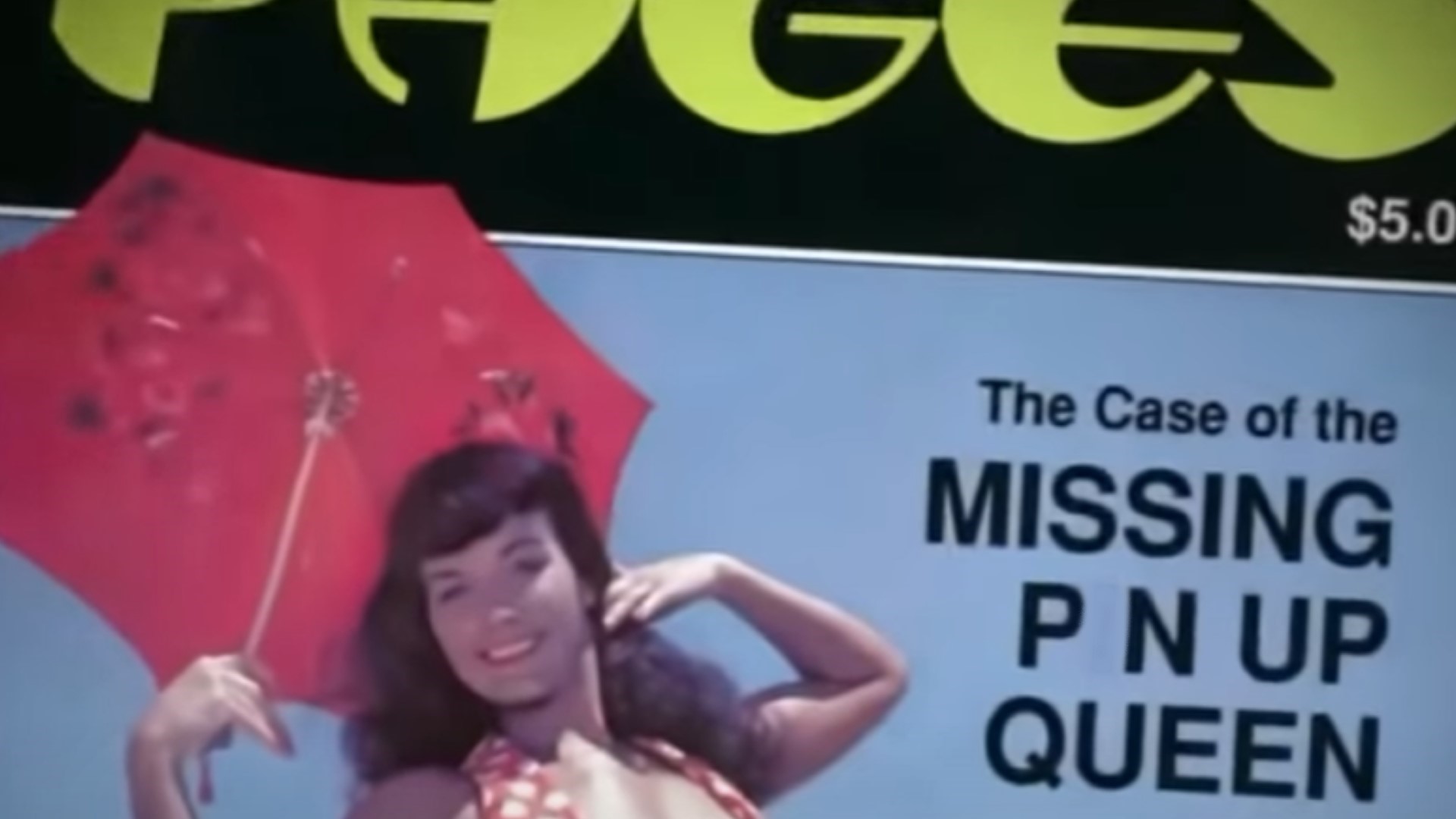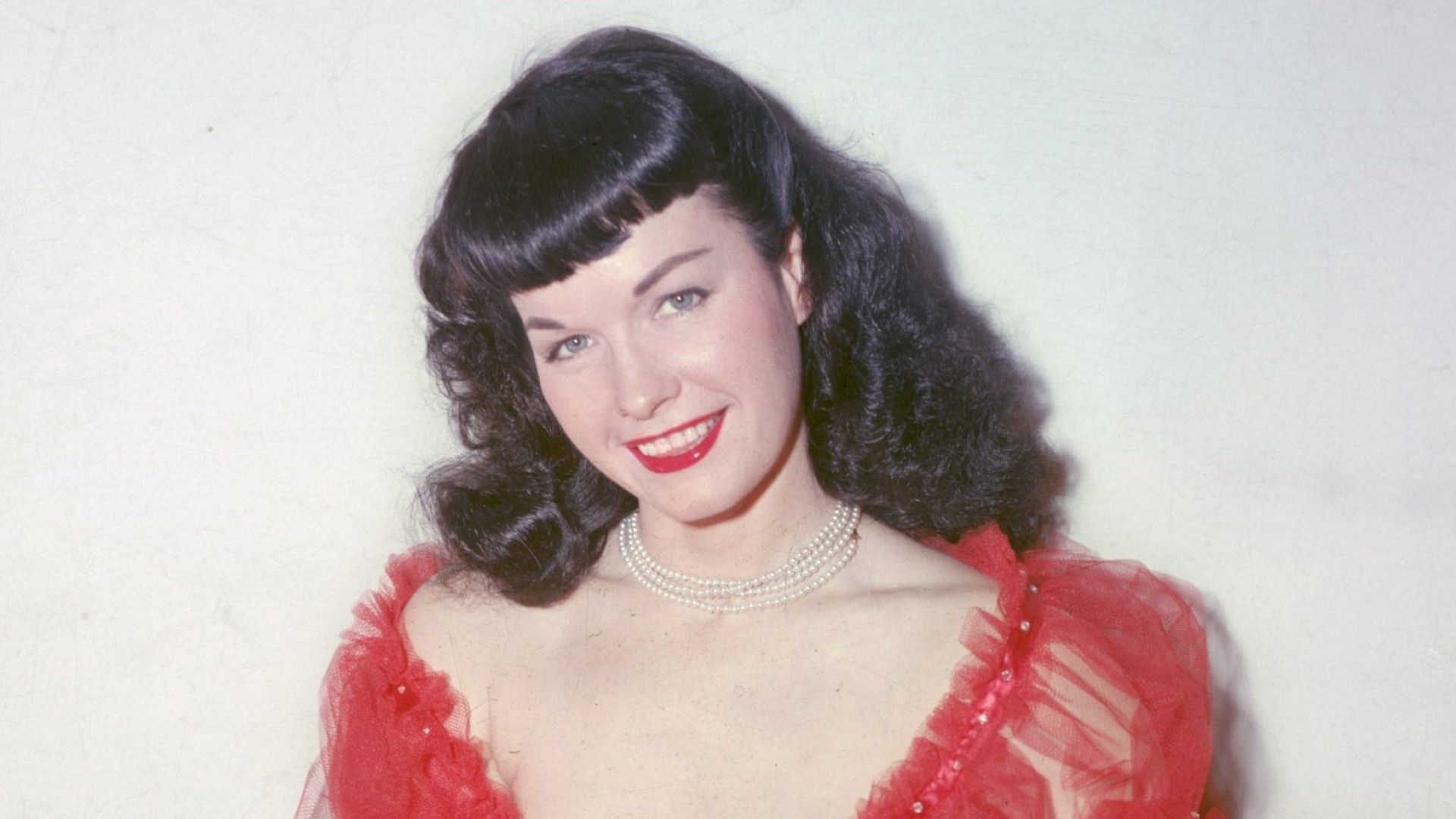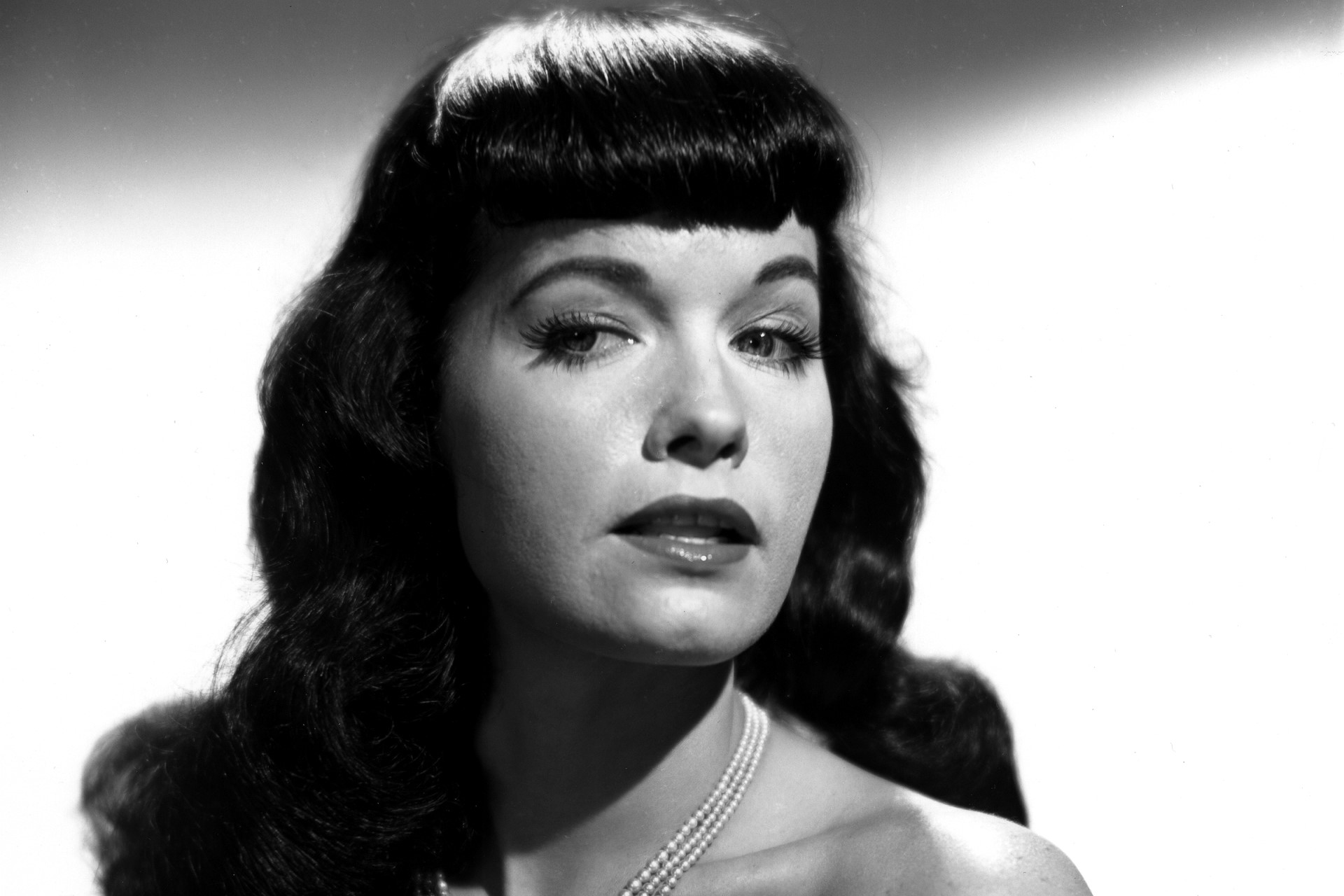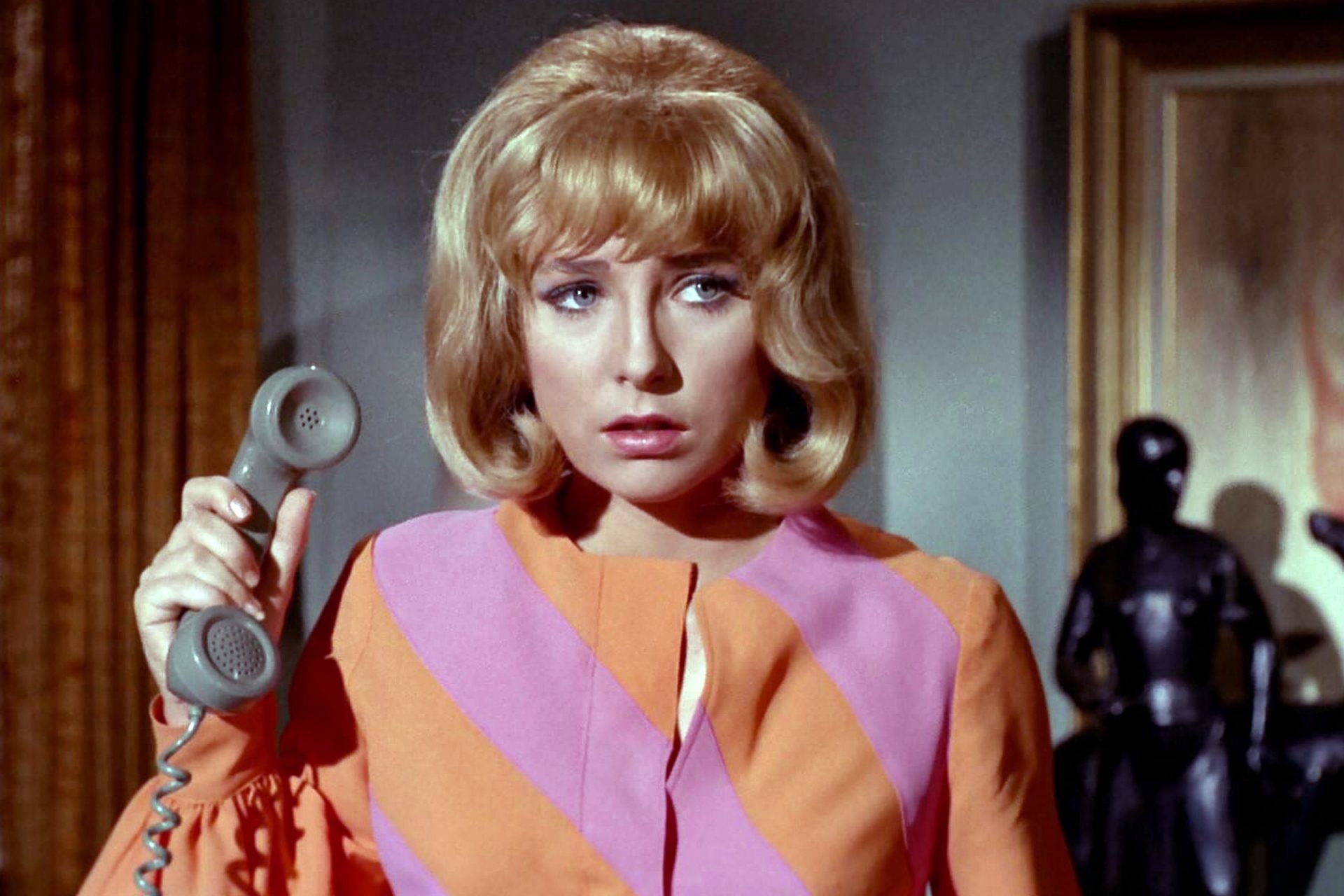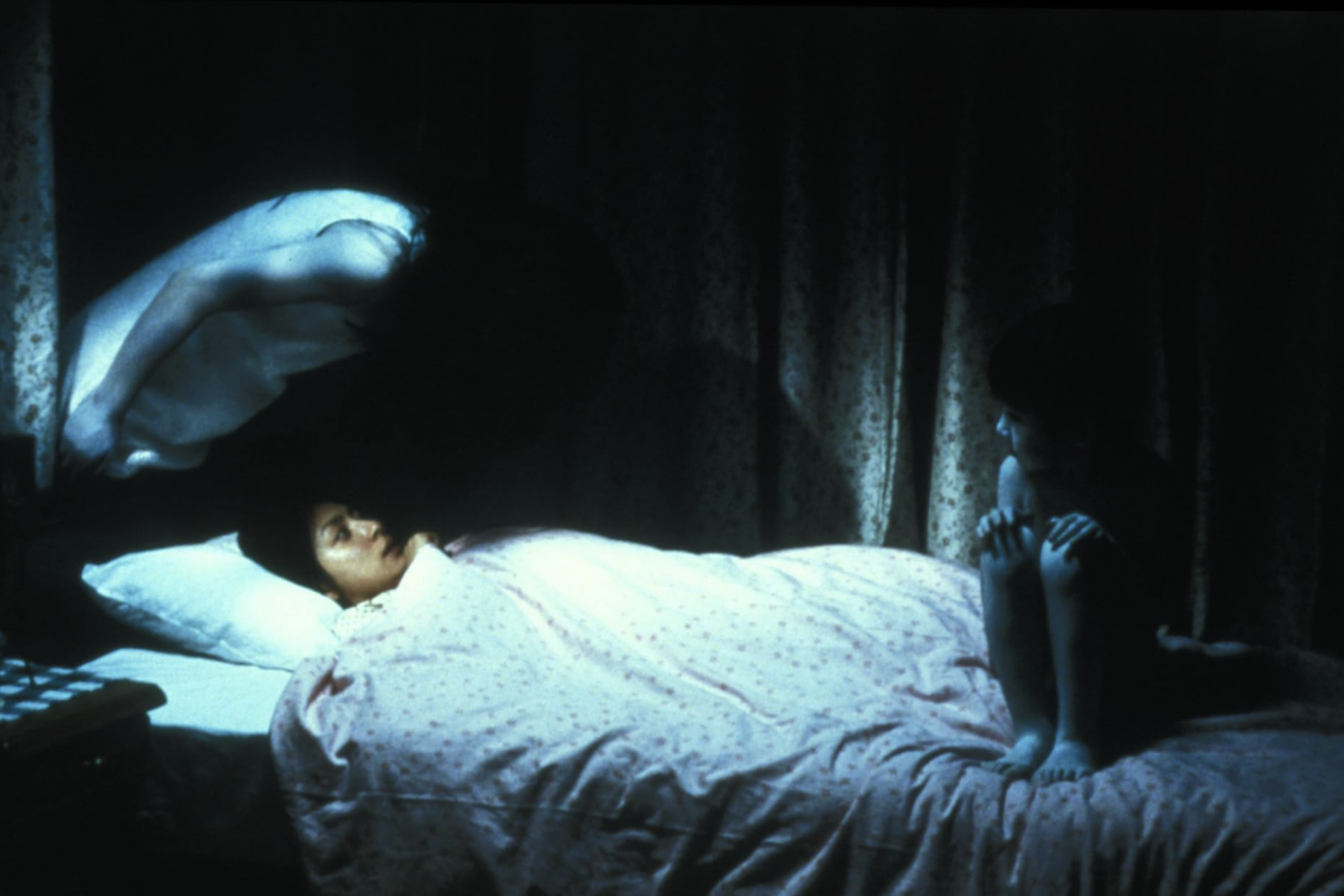The life of Bettie Page, the ultimate seductive model
While she had no problems flaunting her birthday suit, she was a rather mysterious person. However, in 2013, a documentary called 'Bettie Page Reveals All' offered an intimate portrait of the groundbreaking model. Although she died in 2008, she narrates it through a series of audio interviews with its Oscar-winning director Mark Mori.
Image: Bettie Page Reveals All Official Trailer #1 / Youtube
Born in Nashville in 1923, Page was raised on the road. Her father went to prison when she was young and her mom and dad divorced when she was ten. Her mom, working two jobs to support six kids, even sent her to an orphanage for a year. When her father came back into the picture, he abused the young Bettie.
Despite her difficult childhood, Page excelled academically. In her high school, she graduated second in her class and was voted 'Girl Most Likely to Succeed.' She was in the debate club, and along with her sisters, tried out different hair and makeup styles and made her own clothes.
From there, she went to Peabody College, which wasn't common for a girl of her time. She majored in English, acted in plays, and worked at a school magazine before graduating with a bachelor of arts in 1944.
Page married her high school sweetheart in 1943 — just before he shipped out to fight in World War Two. She lived in San Francisco, Nashville, Miami and Port-au-Prince, Haiti for the next few years. They divorced in 1947, the same year she moved to New York.
In 1950, while walking along the Coney Island shore, an NYPD police officer who was also a photographer spotted Page and told her she’d be a great pinup model. In exchange for photos, he helped develop her first modeling portfolio.
Image: Benjamin Voro / Unsplash
In the 1940s, camera clubs were set up to get around the ban on producing photos that featured women without clothing. Some promoted artistry, but others were a front. Page quickly became a popular camera club model, and in 1951, she appeared in several men's magazines.
From around 1951, she did b 0 n d a g e modeling for Irving Klaw and his sister. She appeared in photos and videos, acting out scenarios of domination, submission, and the like. The shoots were done only alongside other women and did not involve her baring it all.
She also loved acting and appeared in some off-Broadway shows in the early 50s. One of her only speaking film roles was in the burlesque film 'Striporama' (1953), which Christian Science Monitor called "quite tame despite its lurid title."
Image: Striporama, Fine Arts Films, 1953
Her freedom contrasted with the moral taboos of the day. She was charged with indecent exposure during an outdoor photo shoot, but she said at the time: "I am not indecent. I will not plead guilty!"
Image: Bettie Page Reveals All Official Trailer #1 / You Tube
Although already all known, a centerfold for a famous men's magazine in 1955 propelled her to fame. In it, she posed in a Santa hat and nothing else. The same year she won the title 'Miss P 1 n u p Girl of the World.'
While Page's measurements (36-23-35) were legendary, she also defied the beauty standards of her day. Ford Models rejected her for being too short and "hippy," she recalls in the documentary. At just over 5'5 (165cm), she weighed around 130 pounds (59kg), which is also far from a size zero that most models have today.
After a teenage boy died from what appeared to be accidental auto- asphyxiation, a Senate committee connected the death to Page’s photos. In 1955, she was subpoenaed to testify. When asked what she thought about the photos, she said: "Why, Senator honey, I think they're cute." The pressure was building.
In 1957, she cut all professional ties and dropped off the map amid government pressure. While it wouldn’t help her career, it left her youthful image frozen in time. It also made her a poster girl for the government oppression and moral panics of the 1950s.
Image: Bettie Page Reveals All Official Trailer #1/ Rotten Tomatoes Trailers/Youtube
In 1959, Page became a born-again Christian, which also triggered her to leave modeling and deepen her faith. Even so, as Page says in the film: "I don’t even believe God disapproves of n u d 1 t y. After all, he put Adam and Eve in the Garden of Eden as n 4 k e d as jaybirds."
Although she married and divorced three more times in the 60s and 70s, she worked full-time for one of America’s most prominent ministers. She tried to become a Christian missionary in Africa but was rejected for having divorced.
Page is often credited with kicking off the s e * u a l revolution of the 1960s. While her audience was initially men, the film shows how in the 1960s, women began gravitating toward her work as they explored their desires, bodies and rebelled against the 1950s gender beliefs.
Burlesque star and model Dita Von Teese (pictured), heavily influenced by Page, says the 1950s icon helps women feel comfortable in their own skin. “You see her being a woman, and she’s not ashamed, nor should she be,” Von Teese said in the documentary, adding that Page brought a “playful quality to something that was very taboo, and you could tell she was in control.”
The latter end of her life was marked by depression, mood swings and a nervous breakdown that caused her to spend several years in a state center for schizophrenia. She was finally released in 1992, "penniless" and unaware that her popularity had surged in the 1980s again.
In the years before her death, Page successfully fought to get her cut of the profits that everyone was making off her popular image. She died in 2008, age 85. However, by 2011, Page was rated by Forbes as one of the top-earning dead celebrities, tied for number 13 with George Harrison and Andry Warhol.








